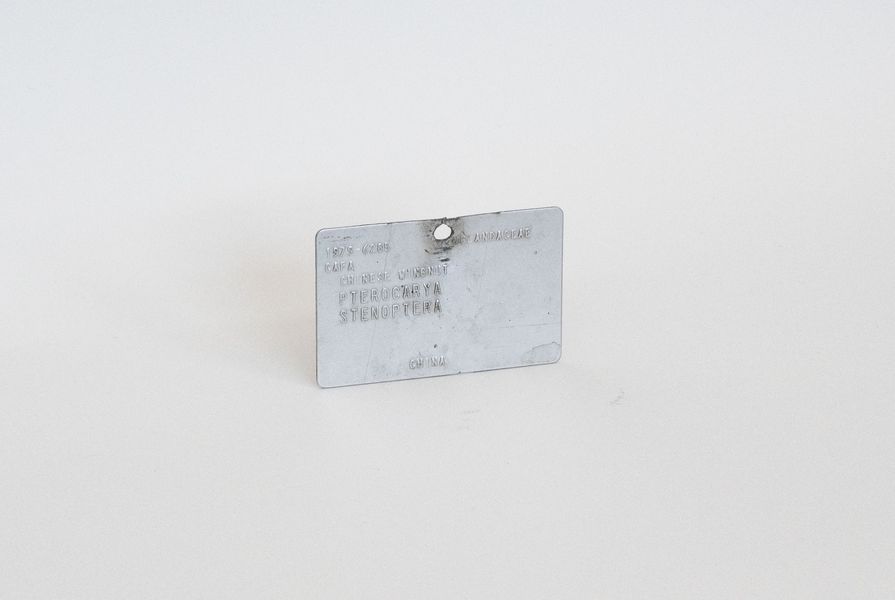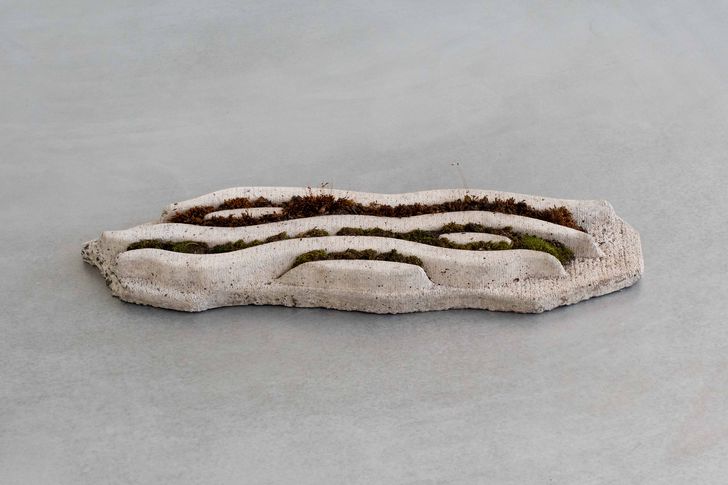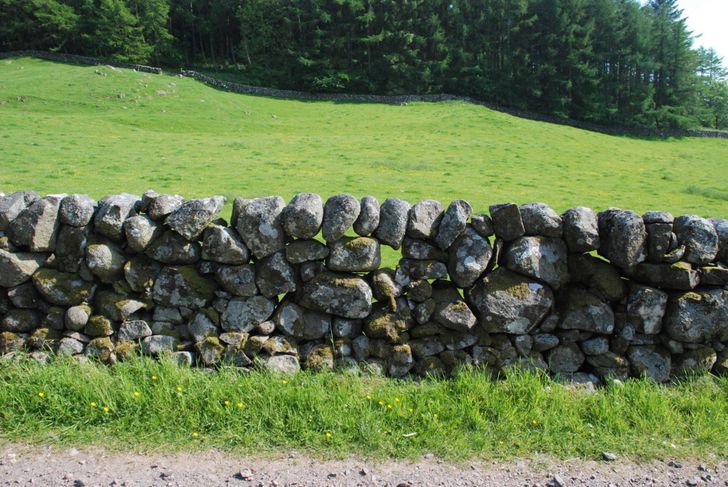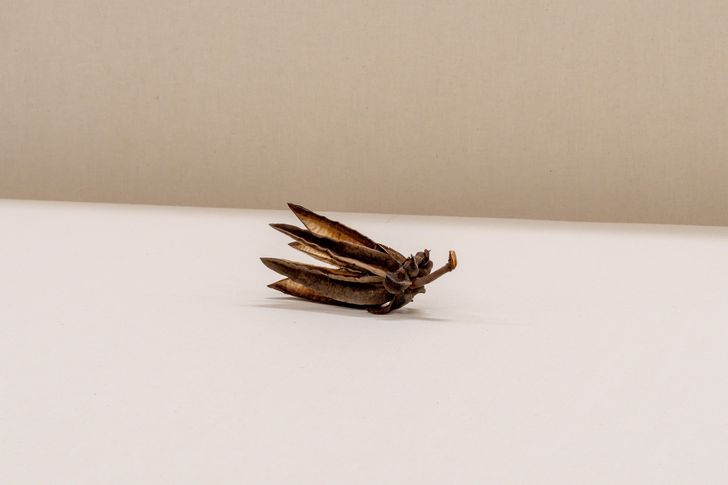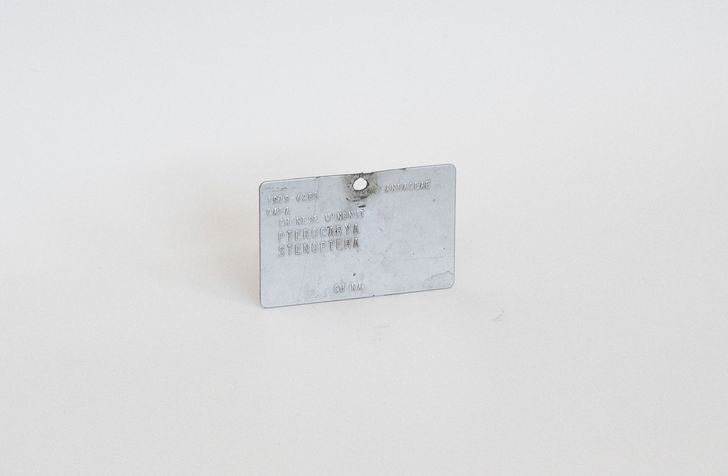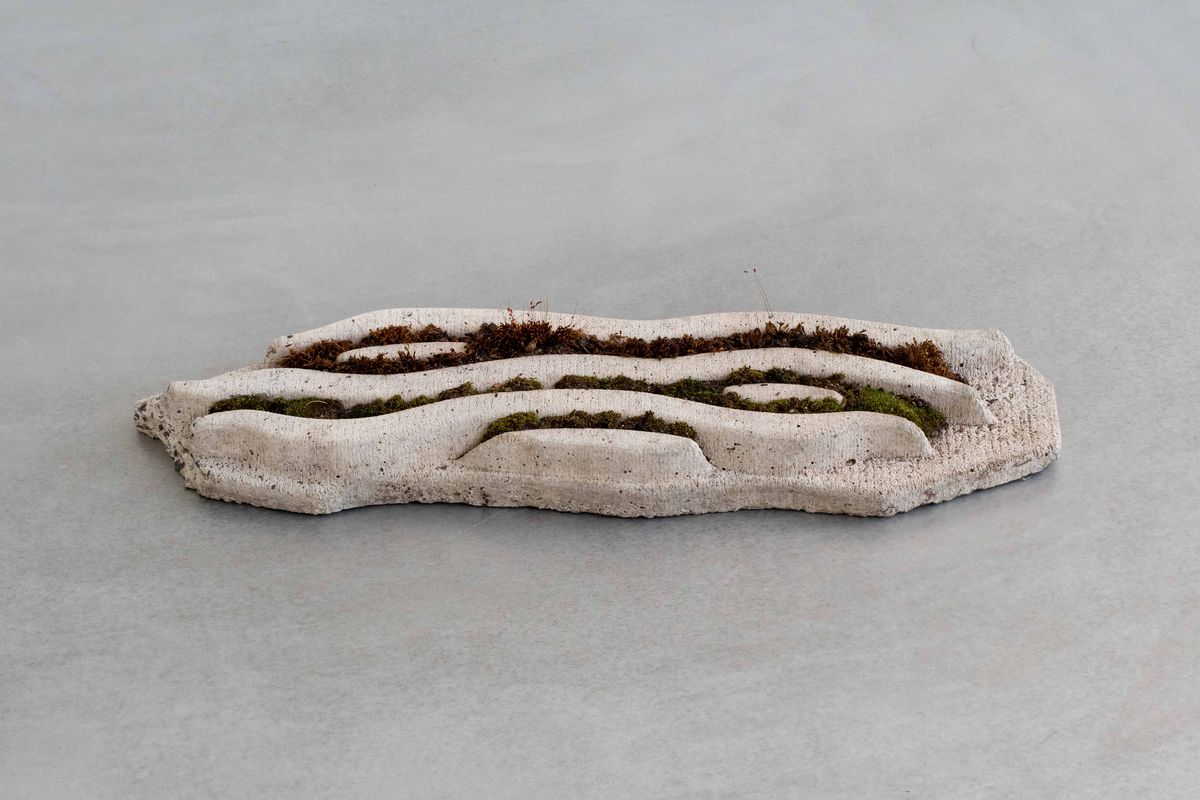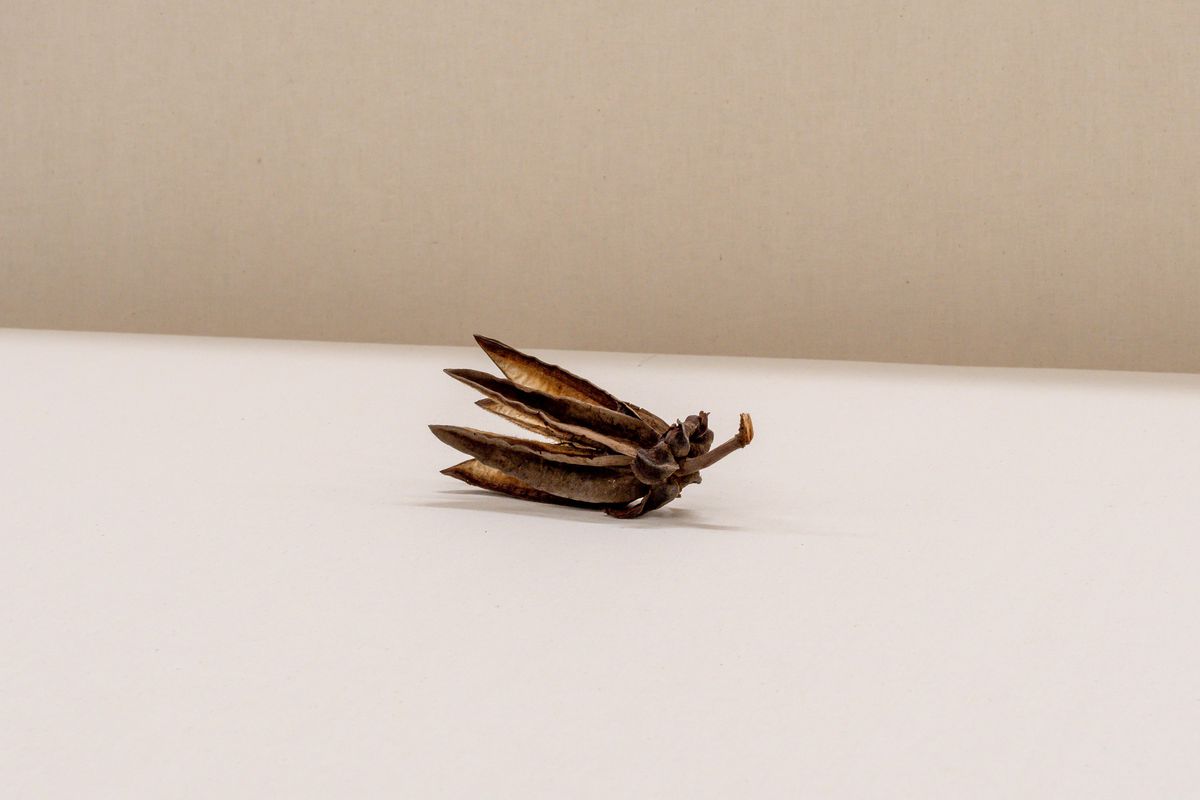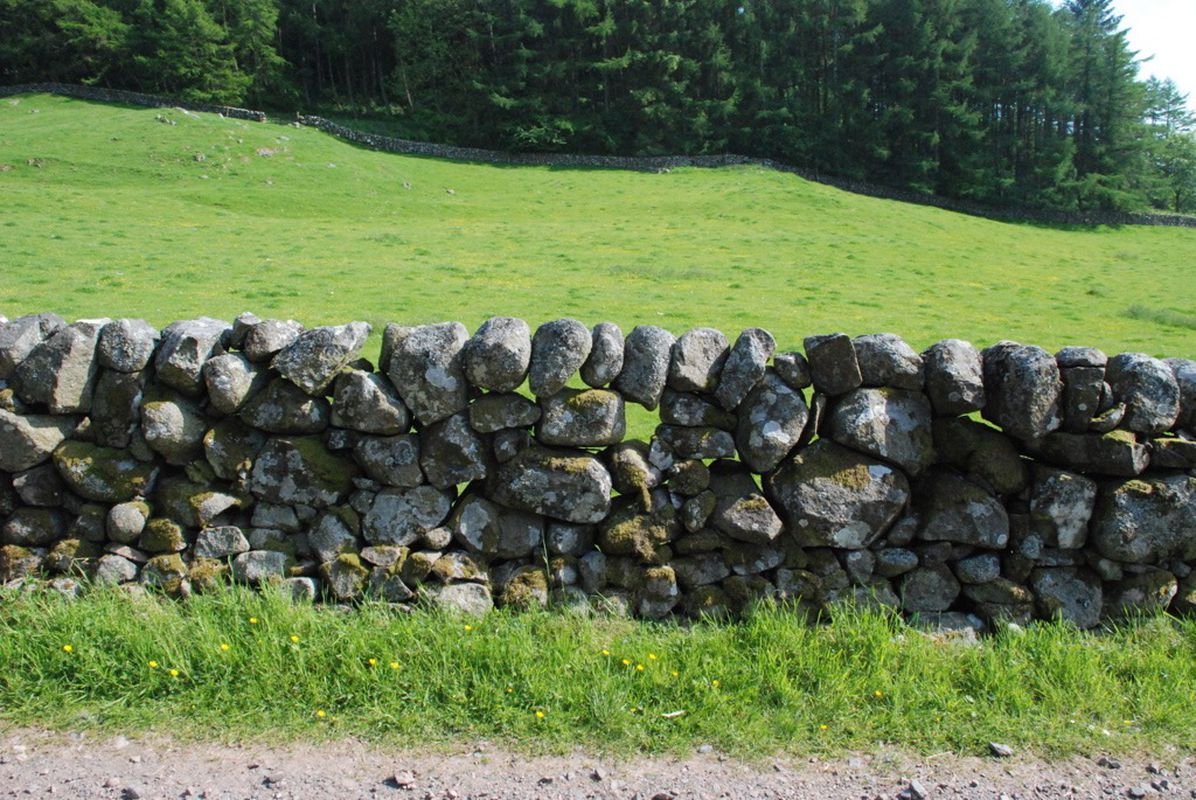Mark Gillingham is the Founding Director of Melbourne-based practice GLAS Landscape Architecture and Urban Design. He has over 20 years experience as a registered landscape architect working in Australia, Europe and the Middle East. Since establishing GLAS in 2011, Mark has built a practice that explores opportunities to enhance urban biodiversity and works to embed resilient, ecological systems in all projects, from large-scale masterplanning down to the smallest of pocket parks. The studio has won recognition for ecologically progressive designs, including the restoration of Valley Creek at Monash University’s Peninsula campus, Wootten Road Reserve native grassland and the botanical restoration of the System Garden at the University of Melbourne.
Moss paving
I’m inspired by designers who are testing and prototyping new ideas. From 2014 to 2017, I taught a materials and technology subject with landscape architecture students at The University of Melbourne. The subject explored ways of experimenting with concrete to create paving which encouraged plant growth. We need to find new ways to allow the earth to breathe in our cities, as opposed to simply covering it up. This object is an experimental profiled paving slab that integrates soil and planting, while still allowing for foot traffic.
Moss paving
Image: Kate Meakin
Drystone wall, Kirkcudbrightshire, Scotland
As a child, I spent my holiday in Kirkcudbrightshire, Scotland – being three hours south of my hometown of Perth, it was much warmer for holidays. This is a photo of my favourite wall. Each drystone wall is a combination of geology, science and craft and completely unique. The walls in this location are built out from the local granite found scattered around the surrounding fields. The stones are rounded and difficult for building walls, but the skilled stone dyker can construct a perfectly-balanced wall with each stone keyed into those beside it. These drystone walls are made to look unstable, which some say discourages sheep from attempting to jump them. This particular wall could not be anywhere else. Landscape design should be like this – specific and tuned to its location.
Drystone wall, Kirkcudbrightshire, Scotland
Image: Mark Gillingham
Monkey hand seed pod
This is a seed pod from the Chiranthodendron pentadactylon (monkey’s hand tree), a species from Guatemala and southern Mexico. The pod was taken from a tree planted by horticulturist Tim Uebergang at the System Garden at the University of Melbourne. My practice GLAS prepared a masterplan for the garden in 2016. The garden was originally designed in 1856 as a teaching aid for students and was intended to represent plants from across the plant kingdom. Back then, the garden was laid out in beds of sixteen sub-classes, and each bed featured a diverse range of species selected to best exhibit what was considered to be the key features of that sub-class. Since 1890, our understanding of how species are related has changed, yet the garden remains a symbol of the diversity of life and how we must fight to preserve it.
Monkey hand seed pod
Image: Kate Meakin
Pterocarya stenoptera tree label from Kew gardens, London 2016
For the year of 2016, I worked as a volunteer gardener once a week at the Royal Botanic Gardens, Kew in the UK. Our small team of around six helped to maintain the area to the east of the garden’s Great Broad Walk, between the Palm House and The Orangery. I loved getting close to the plants, getting my hands dirty and listening and learning from real gardeners. The gardens at Kew are home to over 50,000 plant species. Working there once a week it was astounding to see how much had changed there since the previous week. Great places are like that, always interesting to return to, with different things to observe each time.
Pterocarya stenoptera tree label from Kew gardens, London 2016
Image: Kate Meakin
This text is an excerpt from the catalogue for Subject/Object, an exhibition curated by AILA Cultivate that explored the intersection of everyday living and design practice. The exhibition took place from 17 March to 20 March at 514 Elizabeth Street, Melbourne as part of the 2022 Melbourne Design Week program.

